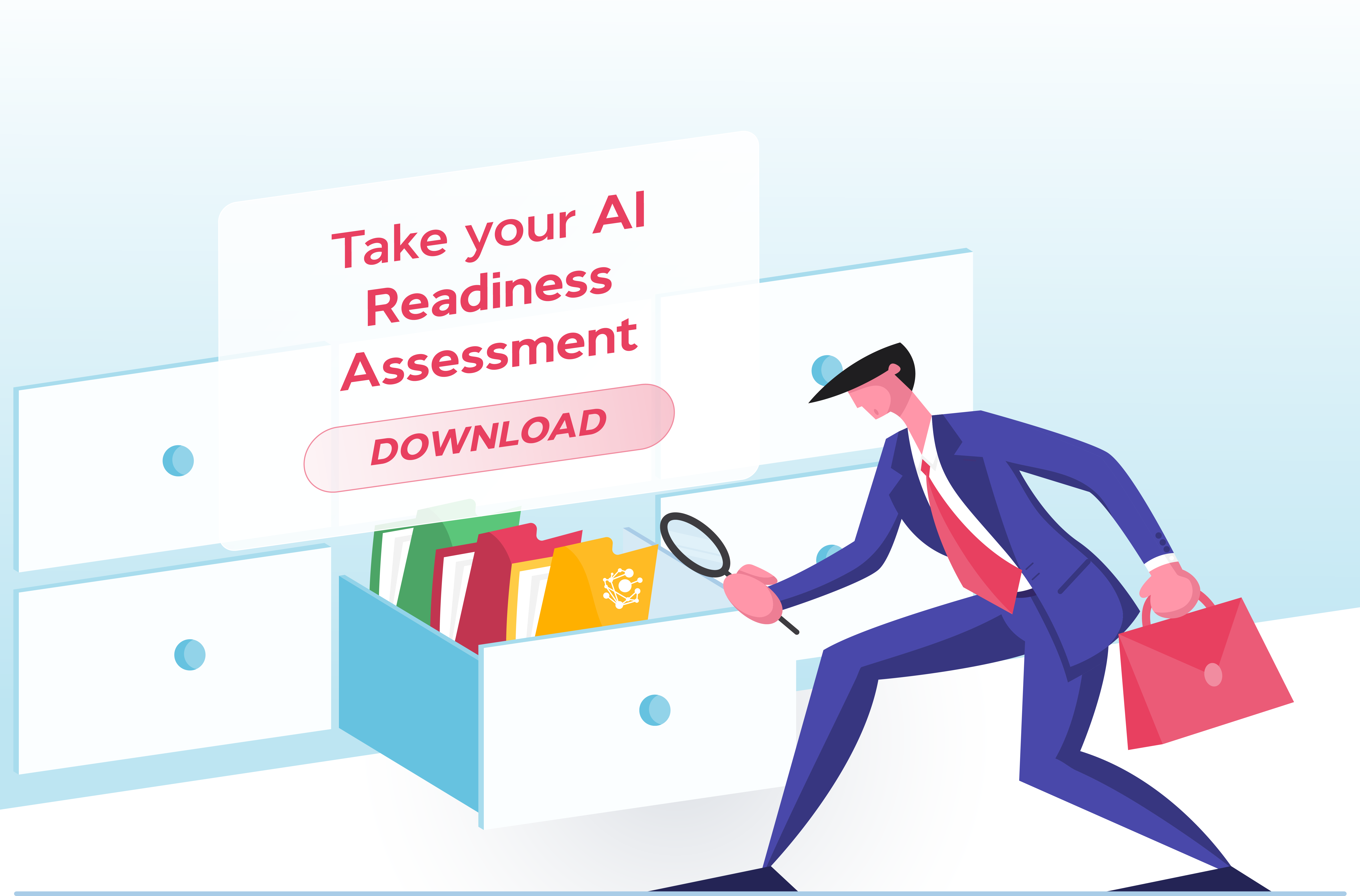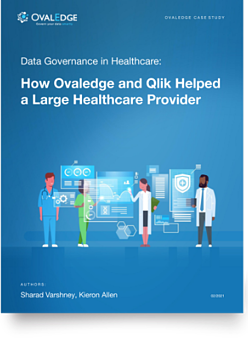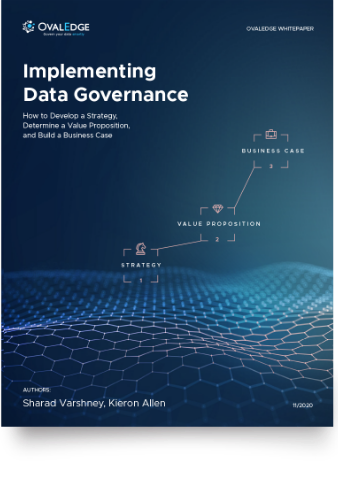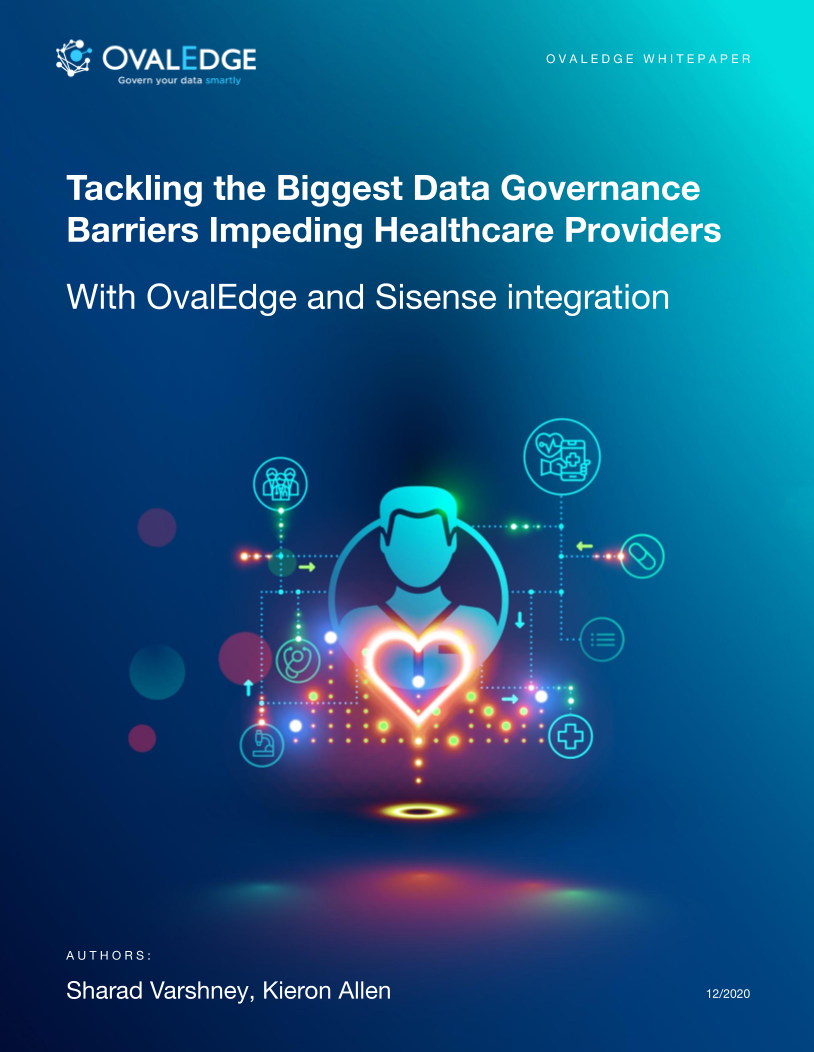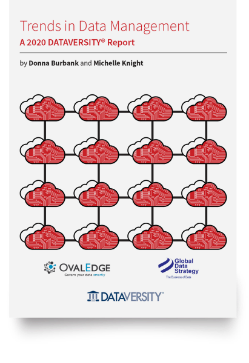Table of Contents
AI Data Readiness vs Traditional Data Quality
AI data readiness is different from traditional data quality. This article explains that difference using concrete examples so you can better prepare your data for AI!
What's the Difference?
The fundamental difference between AI data readiness and traditional data quality is that AI data readiness is use-case-specific.
To make your data AI-ready, you must first identify the use cases that need to rely on AI to achieve your business goals and address critical pain points.
In comparison, traditional data quality works in a far more general way. Here, instead of necessarily focusing on specific use cases, organizations need to focus on overall data quality improvement. For example, in banking, all CDEs must be high quality regardless of the use case, even if they can be categorized across various departments, such as Compliance or Marketing.
Related Post: Data AI Readiness | First Step Towards AI Readiness
Identifying a Portfolio of Use Cases
Therefore, the first step towards AI data readiness is determining which use cases require AI for various business value-chain activities.
Let's stick with the banking example and use Gartner’s approach to explain how you might identify use cases specific to your organization.
Gartner proposes 20 potential use cases in its AI Use Case Prism for Banking. These use cases are ranked from low to high across two core aspects: business value and feasibility.
Prioritizing Use Cases Strategically
As a first step, using the above 2 criteria of business value and feasibility, a bank or credit union needs to decide which use cases it wants to focus its AI investments on. Typically, a bank may want to have a portfolio of say 5 and 10 use cases, at a time.
For this article, we'll focus on the following 3 use cases.
Chatbots (Customer Service)
This use case provides good business value across the board, in timers of better customer service. Although the ROI in terms of revenue growth isn't that high, this is balanced out by the fact that chatbots are quite feasible from a technical standpoint.
Credit Scoring
The credit scoring use case won't lead to revenue gains. However, it receives high marks for lowering the risk exposure, which makes it a viable option when paired with high technical feasibility.
Fraud Detection
It is a typical use for banks. This use case might not provide an opportunity for revenue growth, but there is a high ROI from a risk management standpoint, as well as high technical feasibility.
Identifying AI Techniques for Prioritized Use Cases
The second step in AI data readiness is to determine the type of AI technique that is most apt for each of the use cases. To explain this process, let's again focus on the 3 use cases we covered above.
Chatbots require various AI techniques related to generative AI, including Natural Language Processing (NLP), the ability to read text, and to understand unstructured data. Ultimately, the data must be GenAI-ready.
Fraud detection and credit scoring require probabilistic reasoning and, consequently, techniques like Machine learning (ML) and predictive modeling.
However, AI data readiness has different implications for each of the above 3 use cases.
For example, the predictive modeling and ML required to build neural network-based fraud detection models require data to be screened for missing values, null values, and outliers. Failure to do so will skew the model output.
When it comes to the credit scoring use case, certain data may not be legally allowed to be used, such as age, gender, or location. Essentially, making AI data operationally ready requires organizations to consider why it is used, how it is used, and who will be using it. These parameters vary use case by use case.
AI data readiness for leveraging GenAI technique for Chatbots implies the need to have the ability to read and process unstructured data.
So, there are different implications for data readiness for each AI use case.
AI Needs Metadata Analysis
Metadata is a key feature in AI data readiness. For example, metadata is required to structure the data used by chatbots. When determining which data to feed an AI tool for fraud detection or credit scoring, metadata will reveal how the data is classified so that it can be identified and not accidentally used illegally.
Crawling and cataloging metadata is an intrinsic part of making data AI-ready. Yet, this can't be done manually. You need a data governance tool like OvalEdge to complete this complex task using automation and collating the information in a centralized data catalog so it can be easily ingested by AI technologies.
It's also important to note that while the early stages of making AI-ready data require some heavy lifting, the process becomes far easier with more use cases you add. Not all use cases require separate efforts, and there will be crossover.
Ultimately, AI data readiness will accelerate the more use cases you add.
Conclusion
By following these prescriptive steps, you can elevate your data strategies effectively to be AI-ready. By defining a portfolio of use cases, strategically prioritizing them, aligning AI techniques accordingly, harnessing the power of metadata, and embracing economies of scope, businesses can lay the foundation for AI success and drive sustainable value creation in the digital age.

